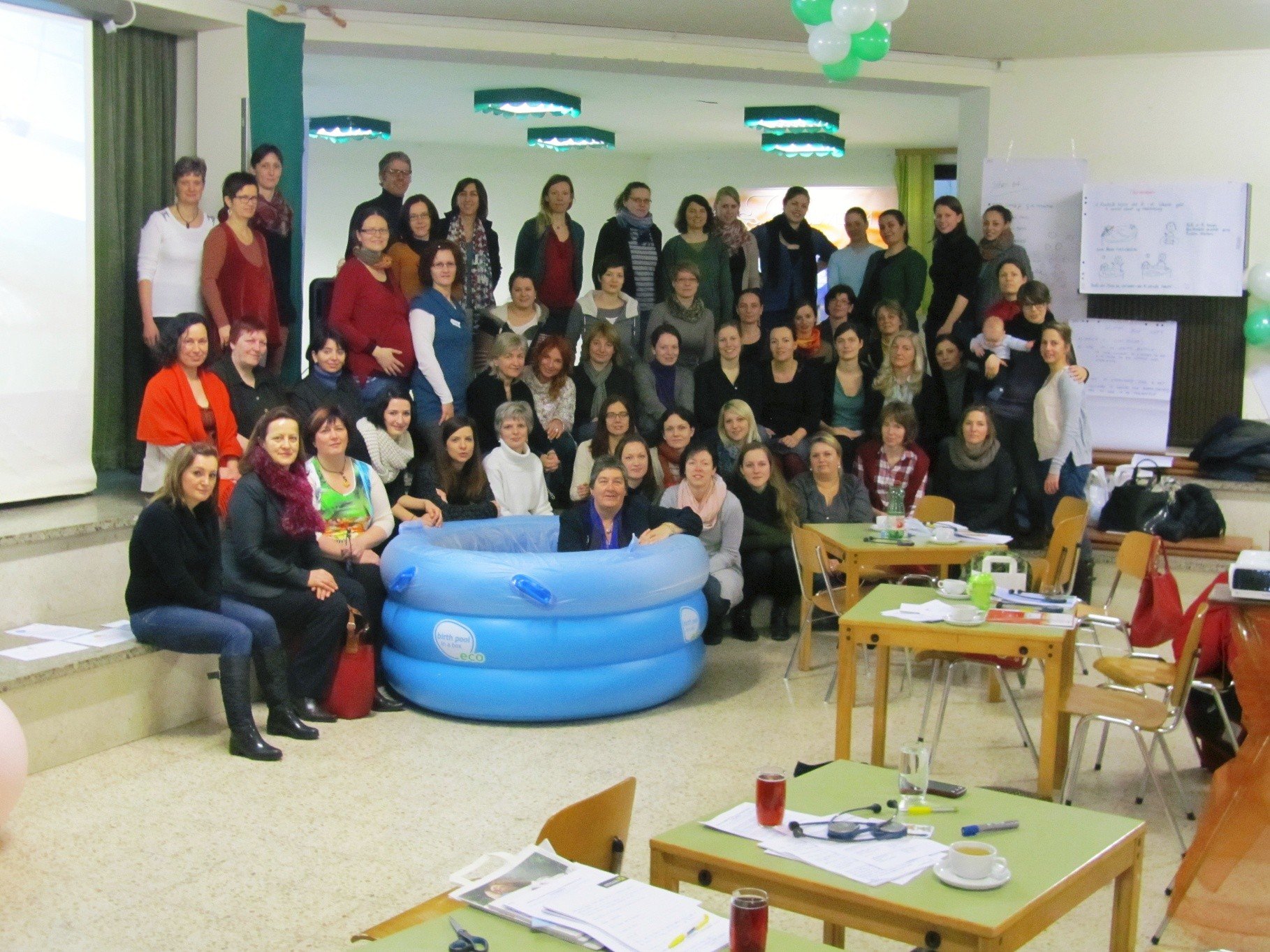Why Waterbirth?
“a gentle birth choice that allows for a natural and empowering birthing experience”
Waterbirth, the practice of delivering a baby underwater, has a rich history that dates back to ancient times. Its modern resurgence, however, is often attributed to Michel Odent, a French obstetrician who, in the late 20th century, championed physiological birth and midwifery-led care. This method aims to enhance maternal comfort, movement, choice, and control during labour. In the UK, the first hospital waterbirth took place in 1988 at Maidstone in Kent, marking a significant milestone in the acceptance of this birthing option.
Over time, waterbirth practices have evolved, informed by listening to and responding to the preferences of those in care, alongside leveraging existing midwifery and obstetric knowledge. The principles of personalized support, crucial for quality maternity care, have guided these practices. Each new experience contributed to local practice knowledge and confidence, which was then shared to improve outcomes both nationally and globally. This sharing of experiences and knowledge has been pivotal in promoting waterbirth as a viable birthing option.
Access to waterbirth varies widely across the globe due to differences in healthcare policies, cultural attitudes, and the availability of facilities and skilled practitioners. In the UK, waterbirth has become increasingly common in midwifery-led settings such as birth centers and home births. Recommendations from the House of Commons in 1992 and the National Institute for Health and Care Excellence (NICE) since 2007 have driven national practice development, advocating for waterbirth as an option for all low-risk, clinically eligible women, despite the lack of high-quality evidence confirming its safety.
Waterbirth is important for several reasons. Research over the past 30 years has highlighted its benefits, including enhanced maternal experiences, reduced need for unnecessary obstetric interventions, and even healing of birth trauma. The use of water can create a calm, controlled environment, helping women to feel more in control of their bodies and birth processes. Studies have shown that being in water can ease discomfort and promote physiological labor and birth.
Safety considerations are paramount, and numerous studies with observational data support the safety of waterbirth for low-risk women. A significant study in 2024, involving Cardiff University and 26 NHS maternity sites, found no increase in adverse maternal or neonatal outcomes for those using water during labor and birth. Additionally, waterbirth has been observed to result in shorter labor durations, particularly for first-time mothers.
For newborns, research indicates that waterbirth does not adversely affect neonatal outcomes. It also brings benefits such as optimal cord clamping and skin-to-skin contact, which are crucial for newborn health. Emerging research on the infant microbiome suggests the need for further studies on the impact of waterbirth, but the existing evidence points to significant benefits.
Midwives and practitioners supporting waterbirth must possess or reacquire traditional skills to observe labor progress effectively. Autonomy and advocacy are essential components of midwifery practice, with practitioners encouraged to prioritize and respond to the preferences and needs of those in their care. Waterbirth provides an opportunity for midwives to exercise greater autonomy, especially in midwifery-led birth settings.
Dianne has made substantial contributions to the field of waterbirth. Her work, which began in the late 20th century, has been instrumental in promoting waterbirth practices and highlighting their benefits. She has shared her extensive knowledge and experience through research, publications, and education, advocating for the safe and effective use of waterbirth as an option for all eligible women.
In summary, waterbirth is a significant birthing option that offers numerous benefits for both mothers and babies. Its evolution, driven by research and advocacy, underscores its importance in providing a supportive, empowering birth experience. The work of pioneers like Dianne Garland continues to shape and enhance waterbirth practices worldwide.





